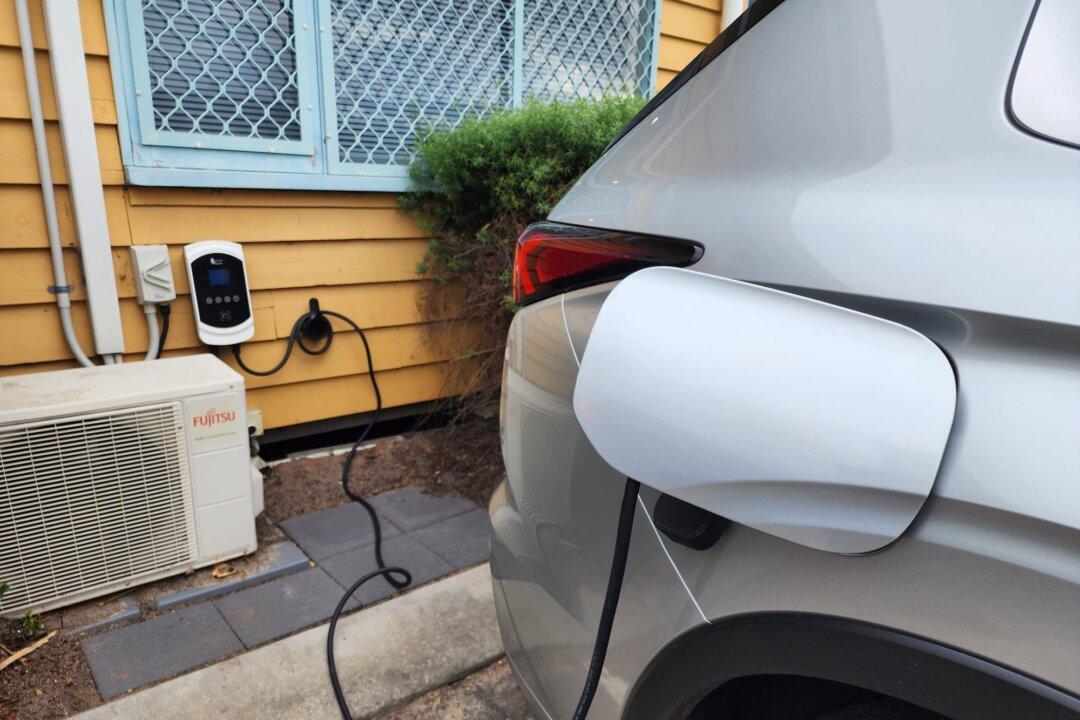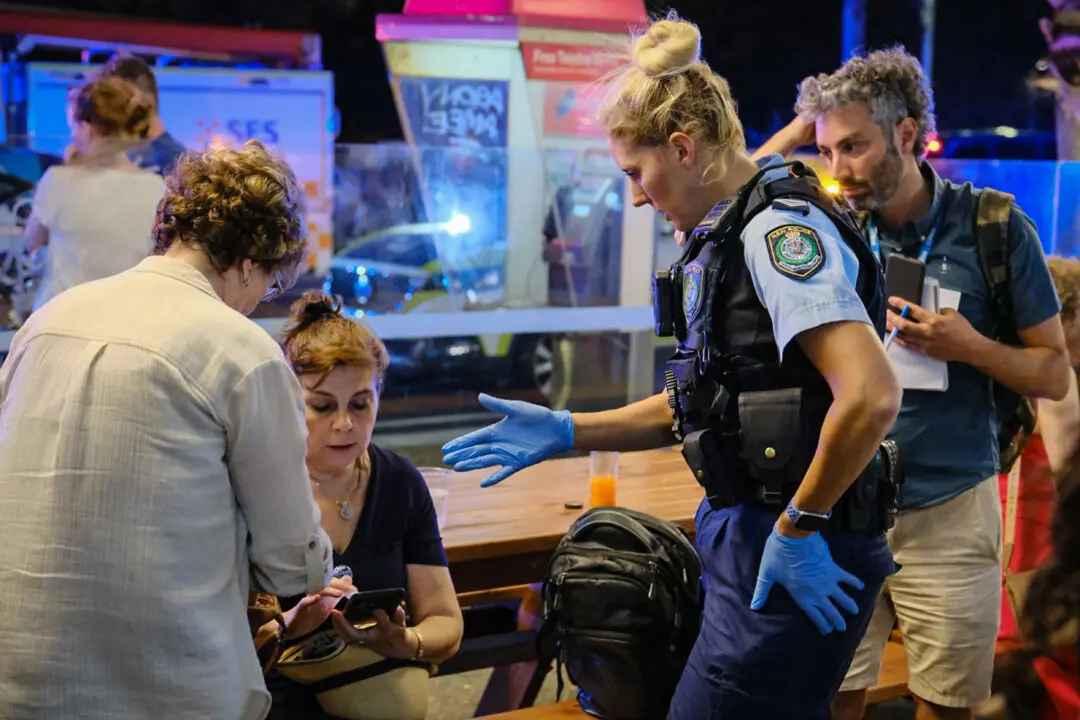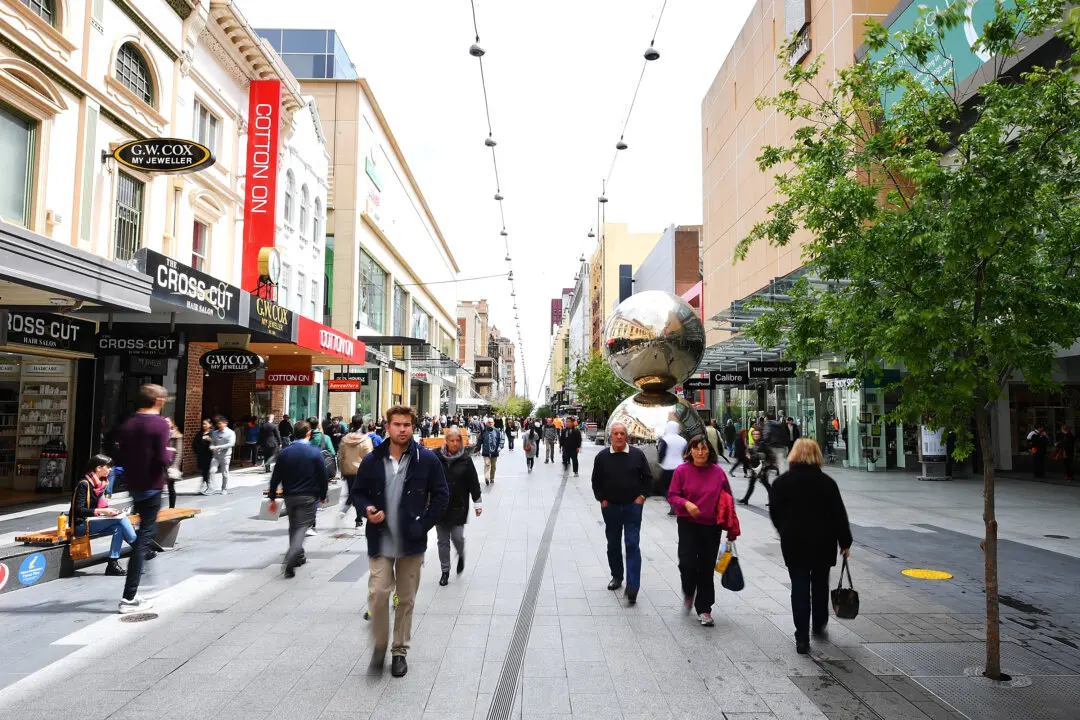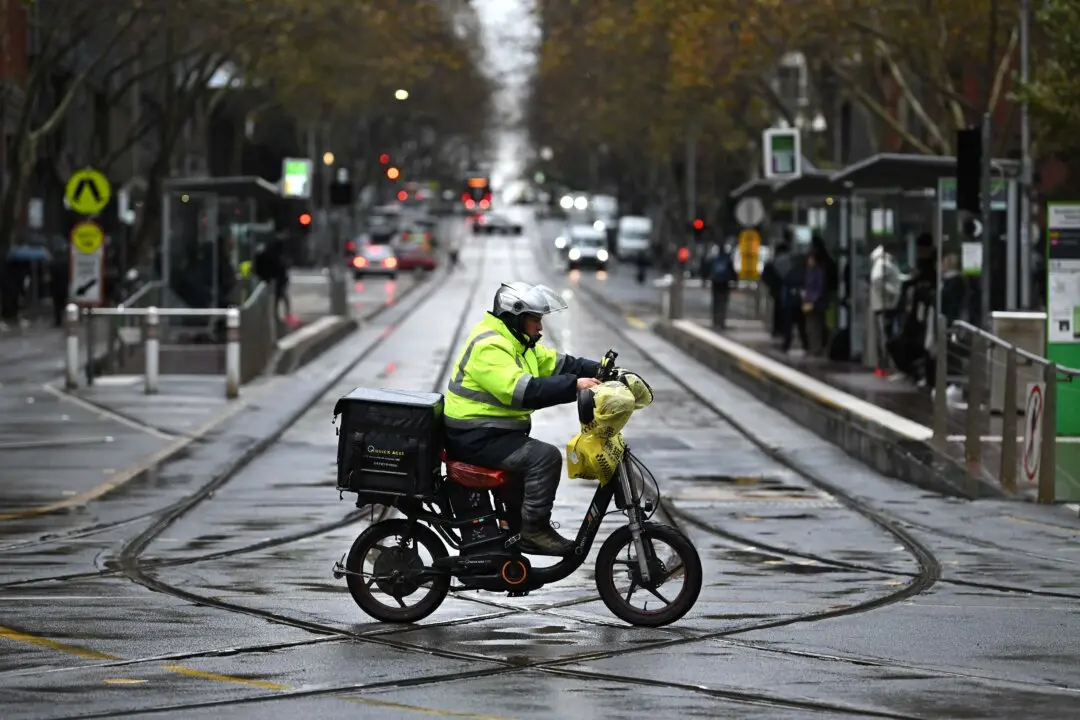Australia’s electric vehicle (EV) uptake is rising and the charging network is growing according to two key Albanese government ministers.
Climate Change and Energy Minister Chris Bowen and Infrastructure and Transport Minister Catherine King unveiled an update (pdf) to Australia’s National Electric Vehicle Strategy on Aug. 2.





